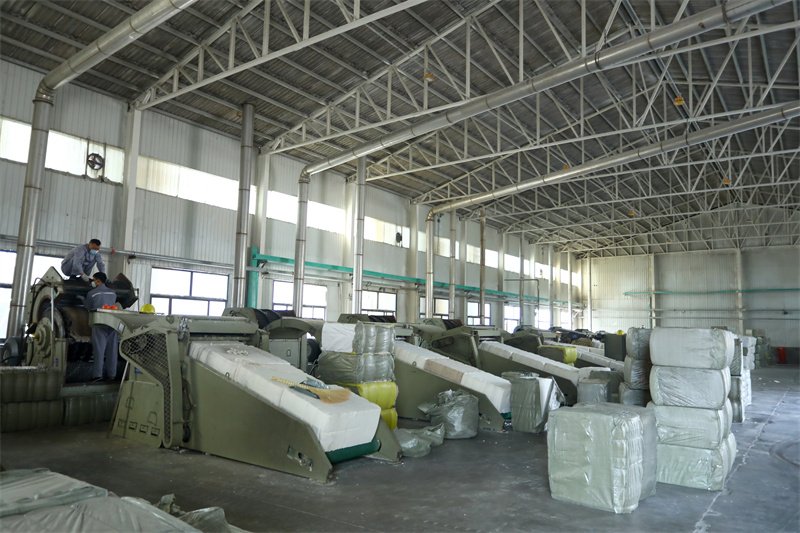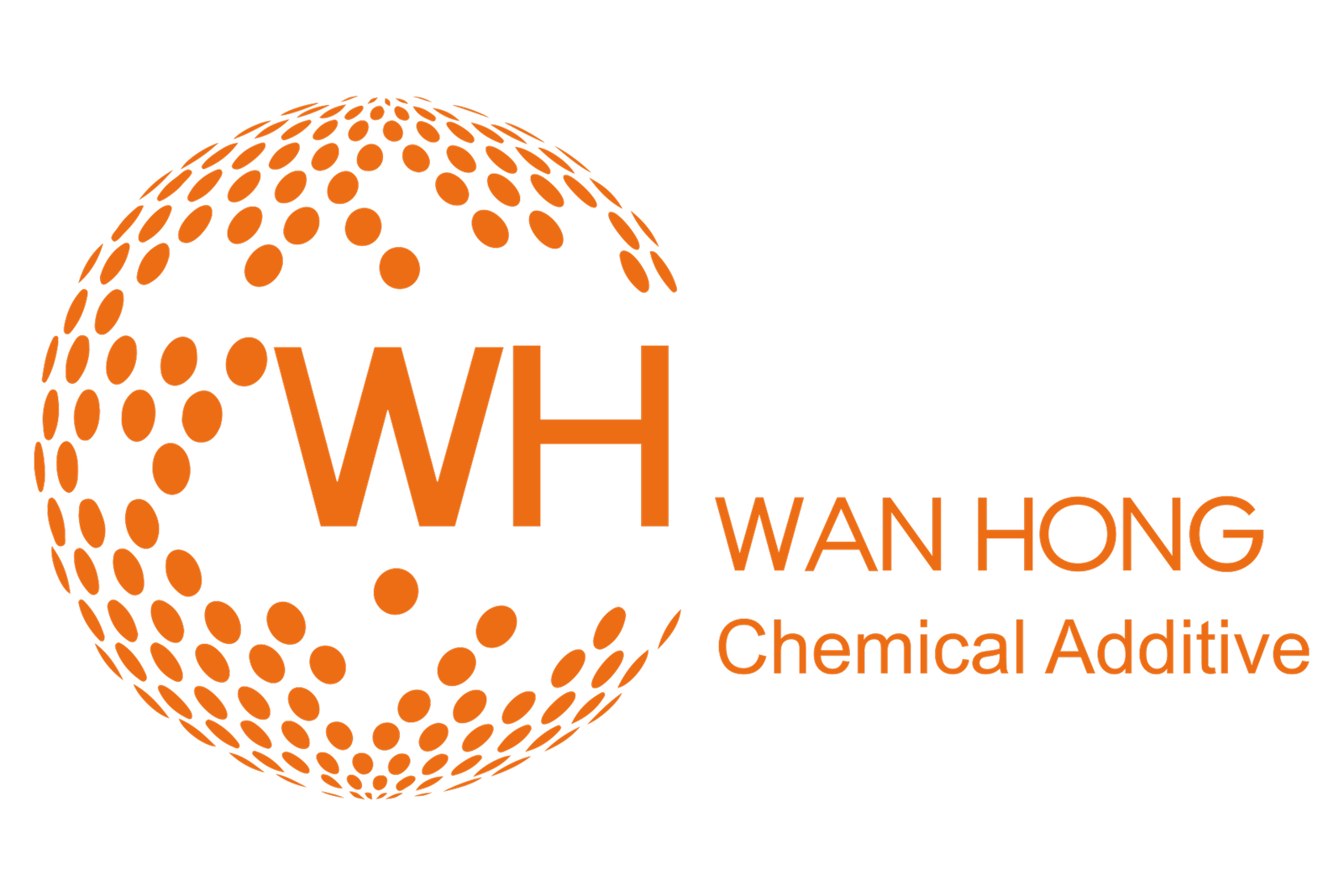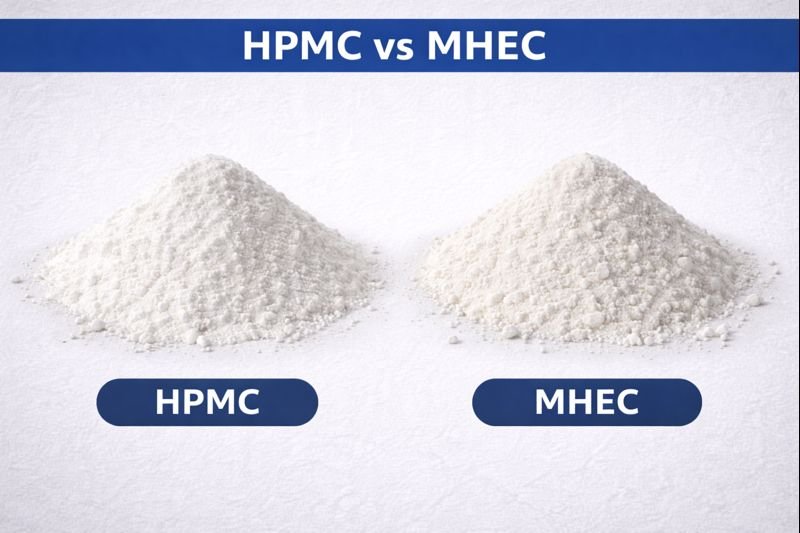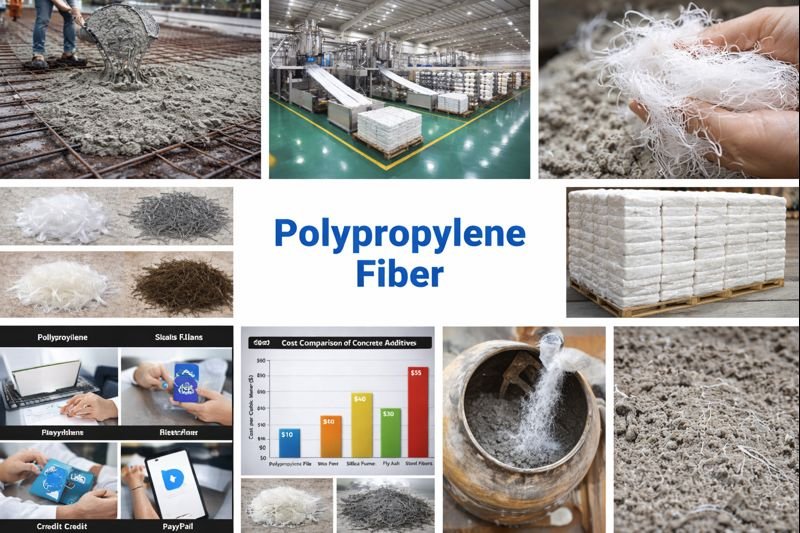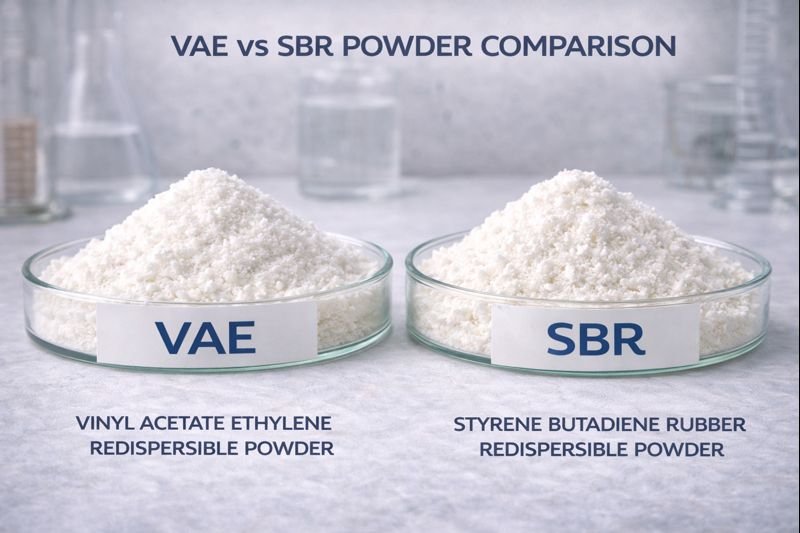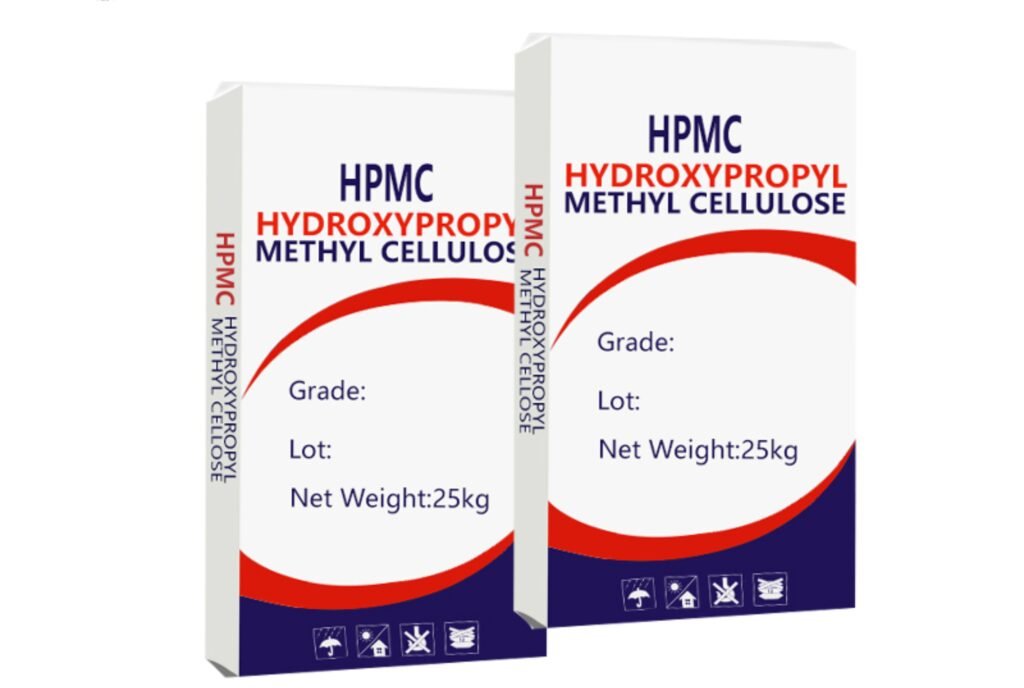Hydroxypropyl Methylcellulose (HPMC) is a semi-synthetic polymer derived from natural cellulose. While it originates from plant-based sources, it undergoes chemical modifications to enhance its properties. HPMC is widely used in construction, pharmaceuticals, food, and cosmetics due to its excellent water retention, thickening, and stabilizing functions. This article explains whether HPMC is natural or synthetic, its production process, and why it is safe and widely accepted in various industries.
Introduction
Hydroxypropyl Methylcellulose (HPMC) is a popular additive in many industries, but there is often confusion about whether it is natural or synthetic. This article will break down HPMC’s origins, production process, and classification to help you understand its nature. We will use a mix of professional explanations and easy-to-understand language, ensuring all readers can grasp the key points.
What is HPMC?
HPMC is a cellulose ether, which means it is derived from natural plant fibers (cellulose) but modified through a chemical process. It is used as a thickener, stabilizer, film-former, and water-retaining agent in industries such as:
- Construction (tile adhesives, cement, self-leveling compounds)
- Pharmaceuticals (capsule coatings, tablet binders)
- Food (vegan gelatin substitute, stabilizer)
- Cosmetics (lotions, creams, shampoos)
Is HPMC Natural or Synthetic?
The answer is both—HPMC is a semi-synthetic polymer. Here’s why:
1.Natural Origin: Derived from Plant-Based Cellulose
HPMC starts as natural cellulose, which comes from wood pulp or cotton. Cellulose is an organic compound found in plant cell walls, making it a renewable and biodegradable resource.
2.Chemical Modification: Transforming Cellulose into HPMC
While cellulose is natural, it does not dissolve in water or have the required properties for industrial use. To make HPMC useful, manufacturers modify the cellulose through a controlled etherification process. This involves:
✅ Adding methyl (-CH3) and hydroxypropyl (-C3H6OH) groups to the cellulose molecules
✅ Improving water solubility, thickening ability, and film-forming properties
✅ Making it more stable for various applications
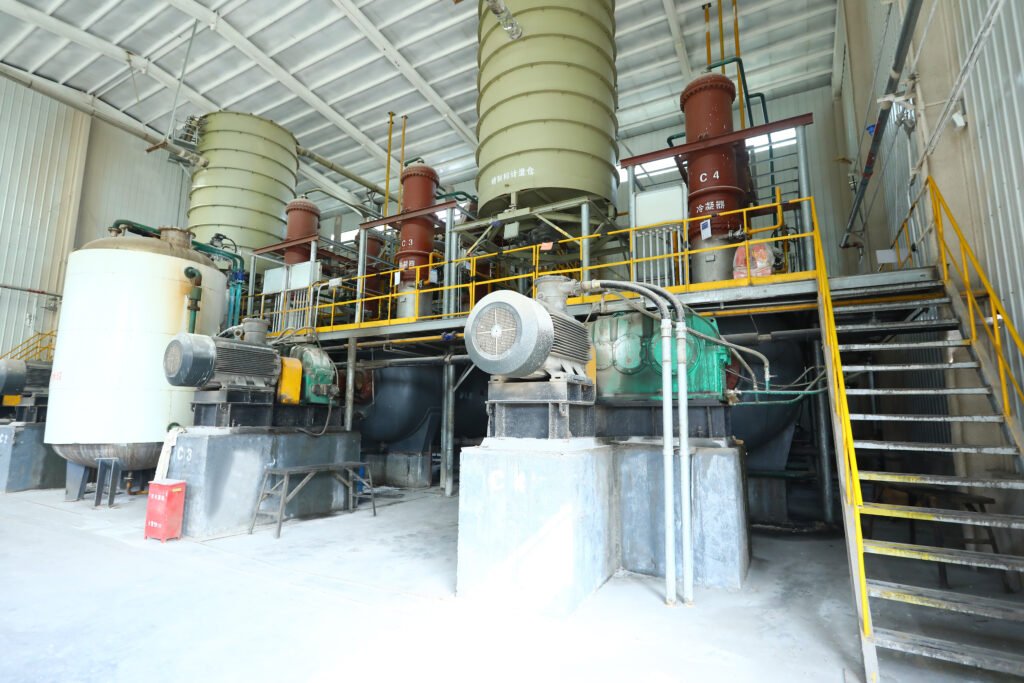
3.HPMC is Safe and Inert
Although chemically modified, HPMC does not contain harmful synthetic additives. It is non-toxic, non-irritating, and biodegradable, making it safe for food, pharmaceuticals, and cosmetics.
Comparison Table: Natural vs. Synthetic Features of HPMC
| Feature | Natural Aspect | Synthetic Aspect |
| Source | Derived from plant-based cellulose | Undergoes chemical modification |
| Environmental Impact | Biodegradable and renewable | Requires processing chemicals |
| Safety | Non-toxic, used in food and medicine | No artificial preservatives |
| Functionality | Thickening, film-forming | Improved solubility and stability |
Why Does HPMC Need Chemical Modification?
If HPMC were left in its natural cellulose state, it would be insoluble in water and wouldn’t work in many applications. The modification process enhances:
✅ Water retention – Critical for construction materials like cement and plaster
✅ Film formation – Essential for pharmaceutical coatings and food stabilizers
✅ Viscosity control – Used in paints, cosmetics, and daily chemicals
Common Misconceptions About HPMC
❌ Is HPMC a Synthetic Plastic?
No. Unlike synthetic polymers (e.g., plastics), HPMC is a biodegradable cellulose derivative, not petroleum-based.
❌ Is HPMC Harmful to Health?
No. HPMC is widely approved by the FDA, EU, and other regulatory bodies for food and pharmaceutical use.
❌ Does HPMC Contain Animal Ingredients?
No. It is completely plant-based, making it a popular vegan alternative in food and capsules.
Conclusion: HPMC is a Semi-Synthetic, Safe, and Functional
HPMC is derived from natural cellulose but undergoes chemical modification to improve its solubility and functionality. It is biodegradable, non-toxic, and widely used in construction, pharmaceuticals, food, and cosmetics. While not 100% natural, it is far from a synthetic plastic or harmful chemical.
Key Takeaways
✅ Plant-based but chemically modified
✅ Safe for food, medicine, and industrial applications
✅ Eco-friendly and biodegradable
